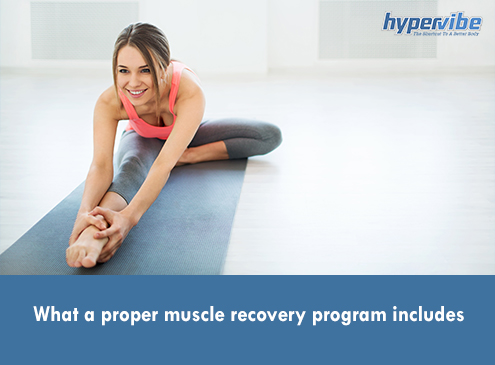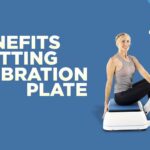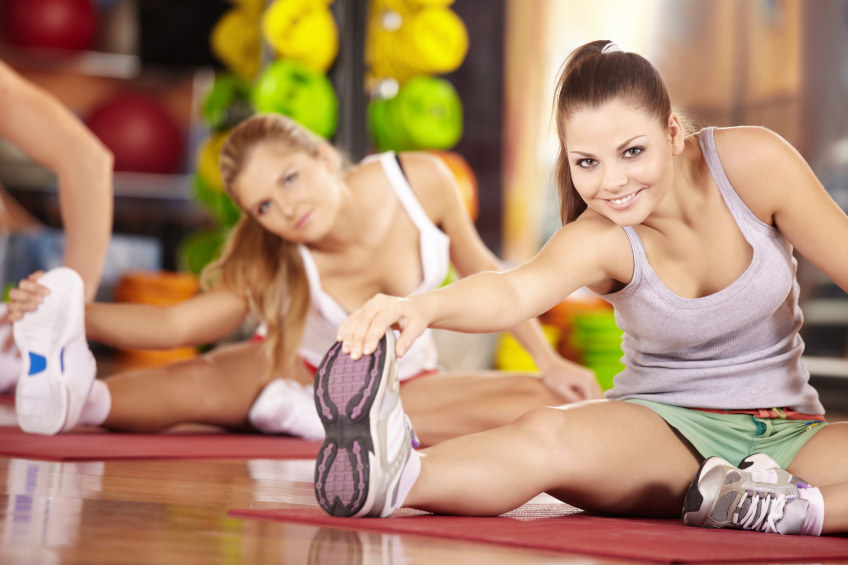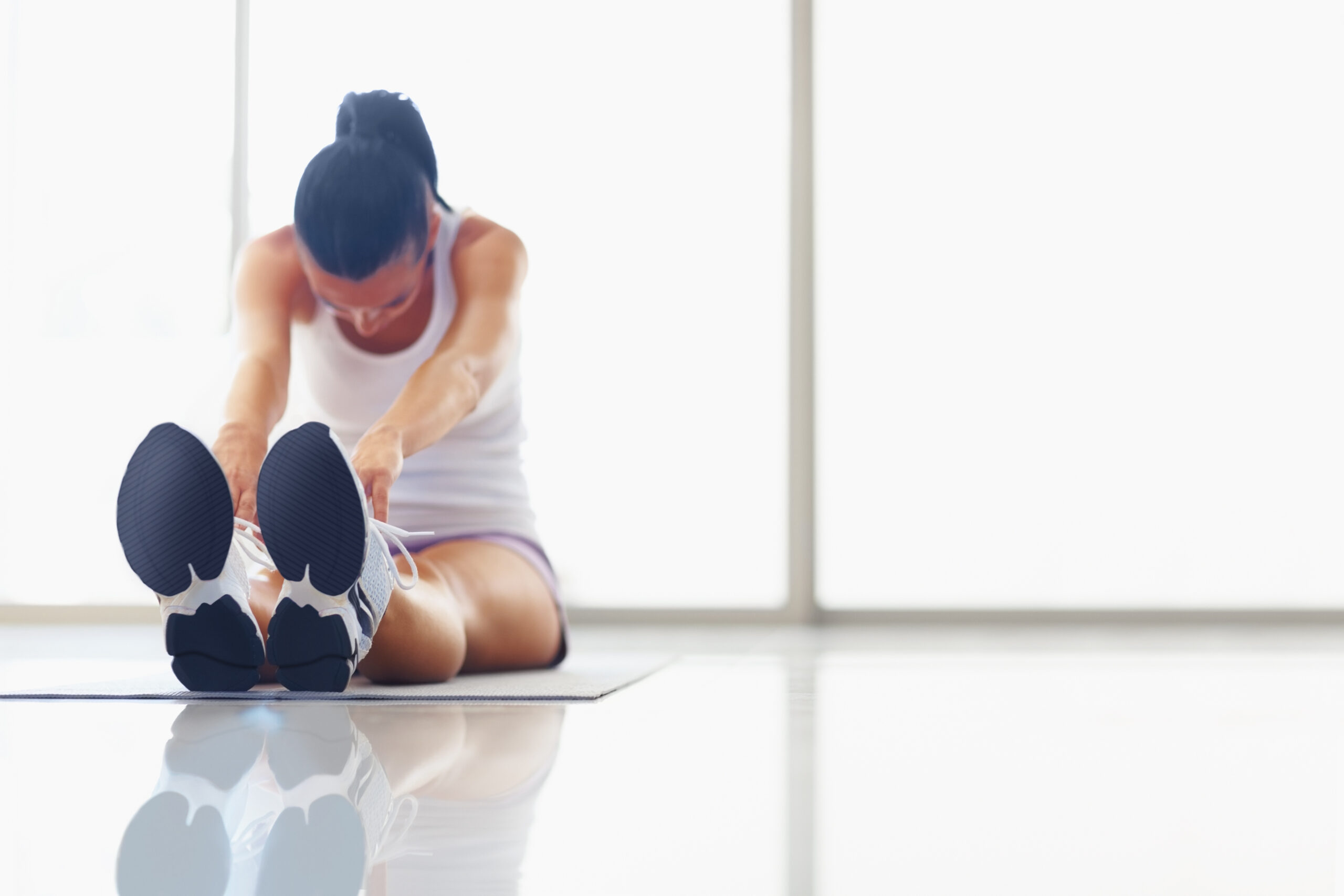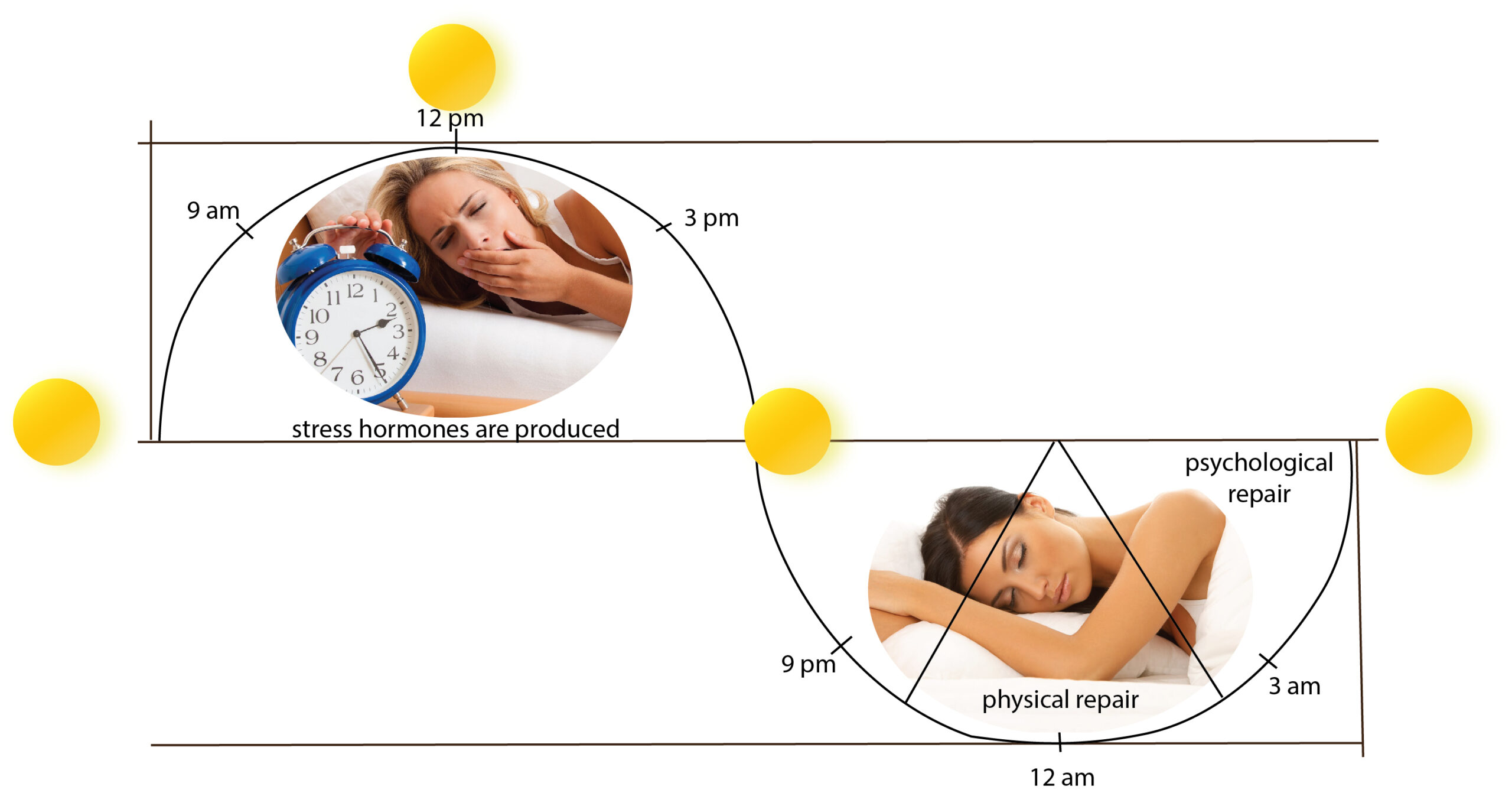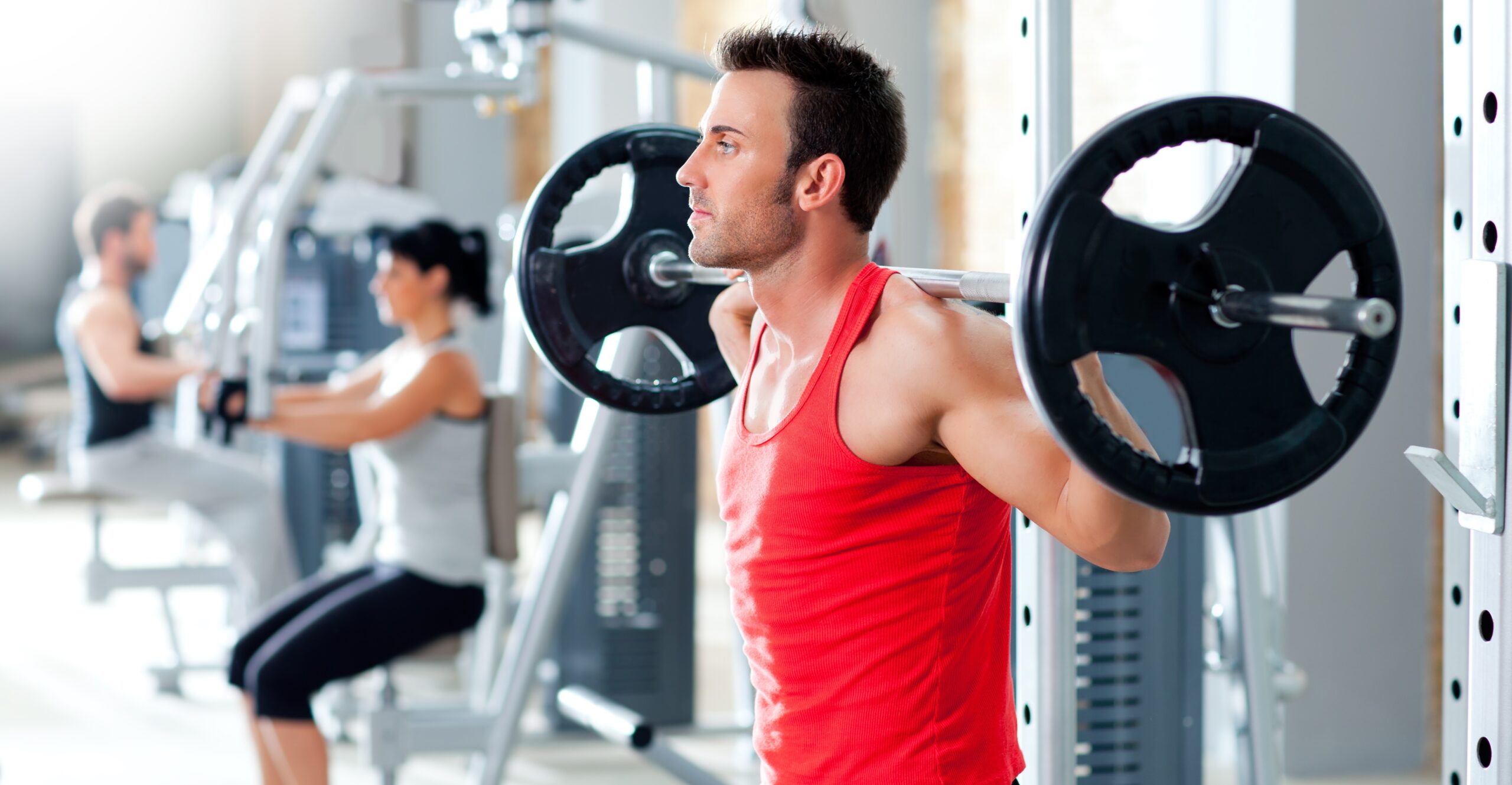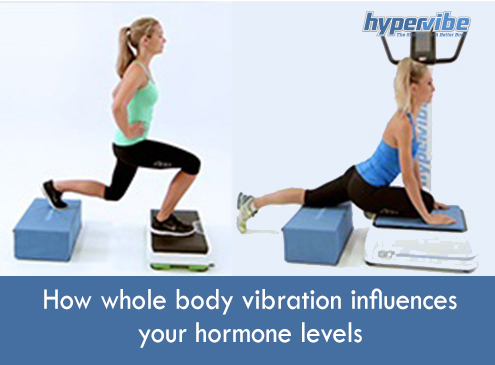What a proper muscle recovery program includes
In a previous article we showed how the lack of sleep affects your body, and why getting enough sleep is essential for staying fit and maintaining strong and healthy muscles.
However, a complete muscle recovery program has more components, so if you’re serious about getting slimmer and stronger and about building a body that looks and feels great, it’s worth implementing all these components into your schedule. So in today’s article we’ll discuss the different components of a proper muscle recovery program and their impact on your body.
Recovery means more than rest
Both recovery and rest are essential for maintaining strong muscles and for keeping your weight under control in a healthy manner, but they’re not the same thing. Rest is time spent sleeping or not training. If you train 2 hours per day, the remaining time can be used for rest and recovery.
Rest is a component of recovery. Besides rest, a complete recovery program includes nutrition, hydration, stretching, stress management, massage, maybe heat and ice treatment, and moving instead of lying down. Recovery defines all those actions you take to speed up and encourage the muscle-repairing processes that take place inside your body.
We’ll take each of these components and discuss is separately, to see how it influences your muscles and body.
1. Sleep
No recovery program is complete without sleep. This is by far the most important component, as it’s the time when a lot of chemical processes take place inside the body and these processes ensure the repairing of our muscles, while restoring the healthy hormonal balance and supporting the repairing of nerves.
As a professional athlete, you need between 7 and 10 hours of rest per night, depending on your daily routine, amount of time spent exercising and intensity of your workouts. The most effective hours for recovery during sleep are those before midnight, with no artificial lights turned on, no noise and a cooler temperature in the room.
Sleep is the time when growth hormone is produced inside the body and protein synthesis takes place. Proteins are the building blocks of muscles, so without these compounds your muscle tissue cannot recover properly and cannot grow. As for growth hormone, it’s been found that between 60% and 70% of the daily human growth hormone production takes place at night, while sleeping.
During the REM phase of sleep the body restores its tissues and organs, circulates the growth hormone and replenishes its immune system, all these actions having a strong impact on your physical health and well being. Although during sleep the body is actually in a catabolic state, meaning that muscle tissue is broken down to provide the body with amino acids, having an adequate diet can help reverse this process and increase protein synthesis.
While sleeping the energy consumption is lowered, so the body can use the calories consumed during the day for other purposes, including to rebuild muscles and replenish the energy reservoirs.
Finally, sleep helps restore the levels of adenosine, which is involved in alertness. Getting enough sleep increases mental alertness and focus, while decreasing physical and mental tiredness.
2. Food
Adequate nutrition can support or slow down muscle recovery. Eating food that is rich in protein helps in repairing the damaged muscle fibers, while carbohydrates are used for fueling the muscles and replenishing the glycogen reservoirs. However, every organism processes food differently, so if you notice that a particular group of foods makes you feel unwell, it’s indicated to search for alternatives.
Processed food that contains toxins is harmful even if it contains proteins or carbs or fats, so instead of eating a slice of pizza and saying that your body will take the nutrients it needs from it and get rid of the compounds it doesn’t need, it’s better to eat a lighter meal that is clean and balanced.
A moderate diet is the best for maintaining your physical and psychical health and increasing athletic performance. So if you eat clean 80% of the time, you can “treat yourself” in the remaining 20% of the time without feeling guilty. Make sure you fuel your body correctly but don’t forget to enjoy life.
3. Water / hydration
Just like food and sleep, hydration is crucial to your health and is a component of recovery that is often overlooked. Do your best to hydrate your body with fresh water instead of coffee, sodas or other sugary drinks that do more harm than good. Water helps your entire organism function and it contributes to better delivery of nutrients through circulation, to better nutrient uptake, healthier skin tone and hair, lower levels of stress on the heart, healthier blood pressure and so on.
If you train a lot or take part in strenuous training, a sports drink may be better than a bottle of plain water, but in general fresh water is the best way to hydrate your body and support muscle recovery.
4. Stretching and massage
Stretching keeps your muscles flexible, releases the tension post workout, and helps in maintaining proper joint flexibility and range of motion. Every body is different so you may need to work on different areas while stretching than your training colleagues. One way to make sure you choose the best stretching exercises for your needs is to identify tight areas and work on those most of the time.
Massage, foam rolling or other techniques used for relieving the tension from muscles should also be included in a complete recovery program, as in lots of cases, tight muscles need assistance to return to their normal, healthy tissue state. Besides these, posture exercises may also be required. An improper alignment of your joints, bones and muscles may cause pain and cramps, while good posture can help relieve tension and pain.
Besides these, ice and heat compresses may also be indicated, depending on how tight, painful or sore your muscles are after a workout. Stress management techniques may also be recommended depending on your daily schedule and the nature of your job.
Have something to add to this article? Comment below or join our Facebook community and share your thoughts with us.
